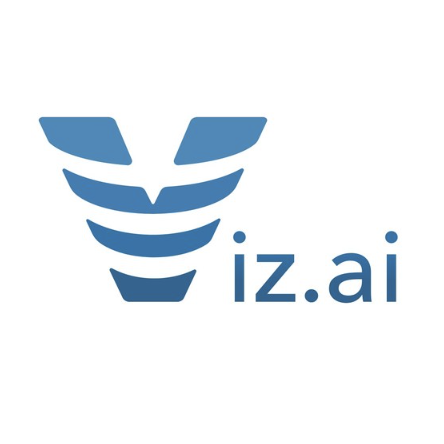How to claim your R&D tax credit
Kruze Consulting
Contact Us for a Free Consultation
Get the information you need
Startup CEO Salary Calculator
US Based Companies that have raised under $125M
Top Articles
- Pre-Seed Funding + Top 20 Funds
- eCommerce Accounting
- Accounts Receivable Loans
- What is the 2% and 20% VC fee structure?
- How much does a 409A valuation cost?
- What are Your VC’s Return Expectations Depending on the Stage of Investment?
- Fractional CFOS
How much can your startup save in payroll taxes?
Estimate your R&D tax credit using our free calculator.
r&d tax calculatorSignup for our newsletter








